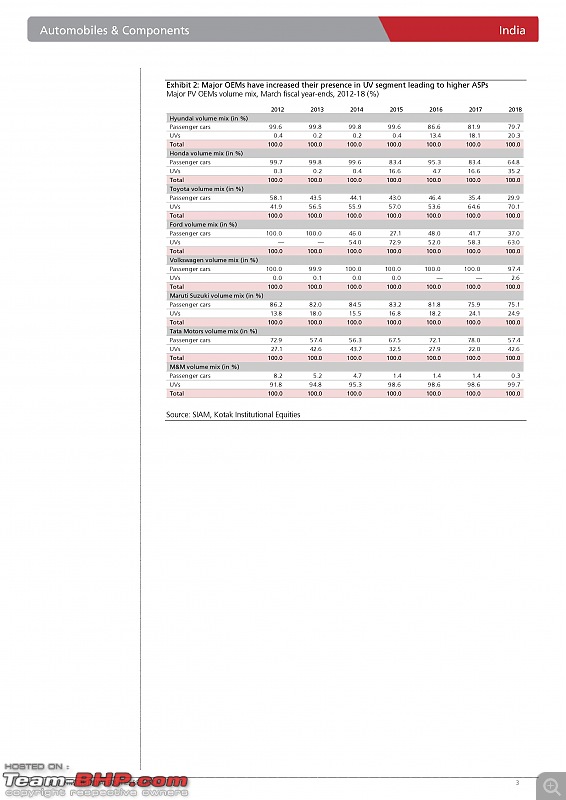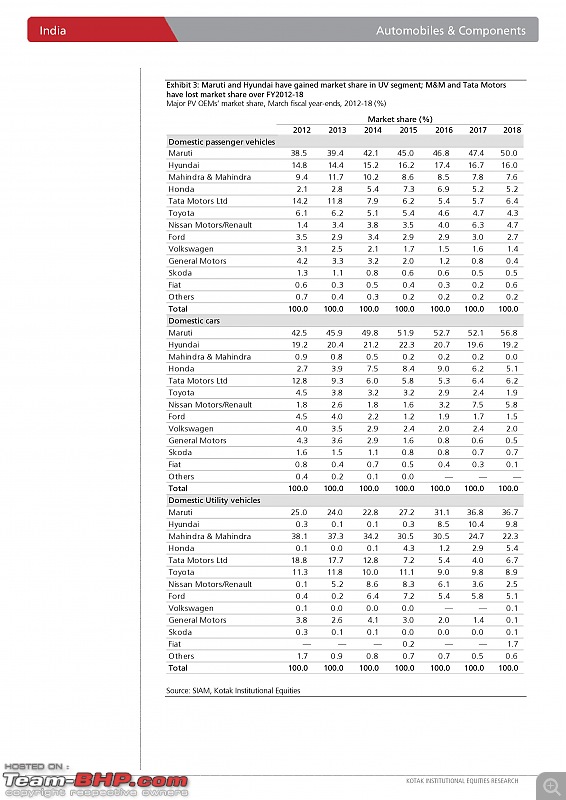| |||||||
 |
| Search this Thread |  3,091 views |
| | #1 |
| Team-BHP Support  | |
| |  (15)
Thanks (15)
Thanks
|
| |
| | #2 |
| Senior - BHPian Join Date: Oct 2008 Location: kolkata/bangalore,india
Posts: 2,901
Thanked: 4,143 Times
| |
| |  (4)
Thanks (4)
Thanks
|
| | #3 |
| BHPian Join Date: Aug 2008 Location: Delhi
Posts: 372
Thanked: 724 Times
| |
| |
| | #4 |
| Senior - BHPian Join Date: May 2013 Location: Mumbai
Posts: 1,517
Thanked: 6,050 Times
| |
| |
 |
Most Viewed










